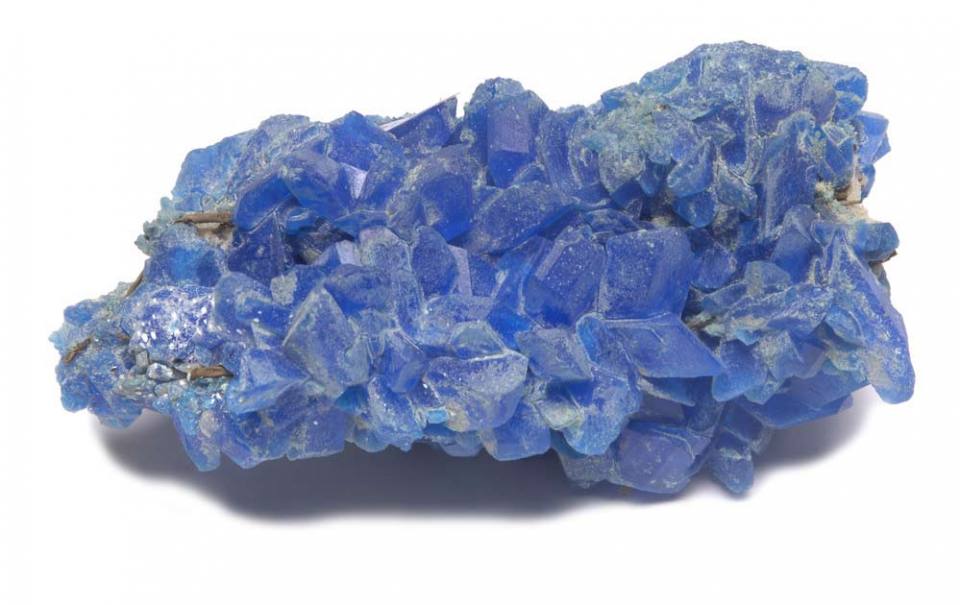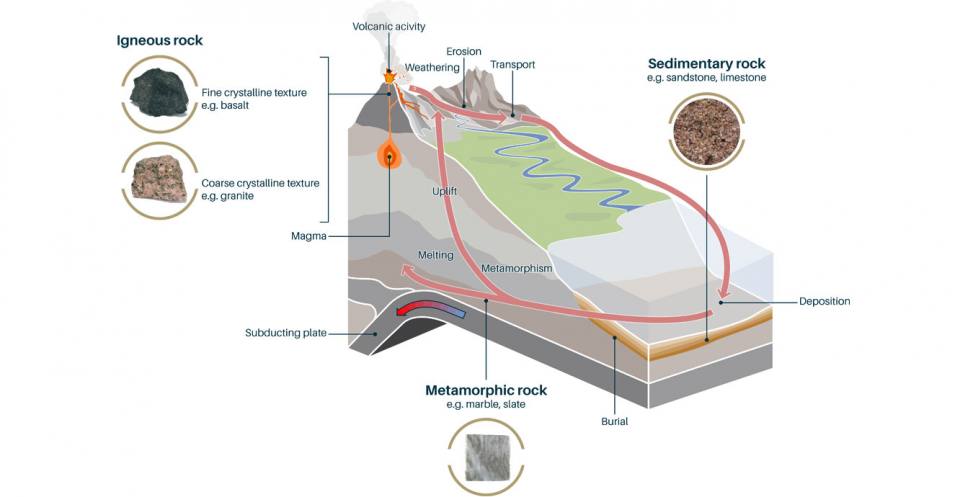


Rockhounding glossary
Alluvial Deposit:
Sediment deposited by flowing water in riverbeds, floodplains, or deltas, often containing valuable minerals such as gold and gemstones.
Amethyst:
A purple variety of quartz used as a gemstone. Amethyst gets its color from iron impurities and is often found in geodes.
Biotite:
A common rock-forming mineral in the mica group, characterized by its dark color and sheet-like structure, often found in igneous and metamorphic rocks.
Calcite: A common mineral made of calcium carbonate, forming in sedimentary rocks like limestone and marble. Calcite exhibits double refraction and reacts with hydrochloric acid.
Cleavage:
The tendency of a mineral to break along smooth, flat surfaces where atomic bonding is weaker. Common cleavage types include basal, cubic, and rhombohedral.
Crystal: A solid material whose atoms are arranged in a highly ordered, repeating pattern extending in all three spatial dimensions, resulting in various geometric shapes.
Fracture:
The way a mineral breaks other than along its cleavage planes, resulting in irregular or curved surfaces. Types of fracture include conchoidal, fibrous, and uneven.
Fossil:
The remains or impression of a prehistoric organism preserved in petrified form or as a mold or cast in rock, providing insight into ancient life and environments.
Geode:
A hollow rock lined with crystals or other mineral matter, typically found in volcanic rocks. Geodes form when mineral-rich water fills cavities and deposits crystals.
Gemstone:
A mineral that has been cut and polished for use in jewelry or other adornments, valued for its rarity, beauty, and durability. Examples include diamonds, rubies, and emeralds.
Hardness:
A measure of a mineral’s resistance to scratching, assessed using the Mohs hardness scale from 1 (softest) to 10 (hardest). Talc is the softest mineral, and diamond is the hardest.
Host Rock:
The rock surrounding a mineral deposit or fossil, providing a context for its formation. Host rocks can include sedimentary, igneous, and metamorphic types.
Frequently Asked Questions (FAQ)
1. Do I need any skills to start rockhounding?
2. Do I need any special equipment to start rockhounding?
3. Where can I go rockhounding?
4. Is rockhounding legal?
5. Do I need permission to rockhounding?
6. How do I identify the rocks, minerals, and fossils I find?
7. Is rockhounding safe?
8. Can I sell the rocks, minerals, or fossils I find?
9. What should I do if I find a fossil?
10. How can I learn more about rockhounding?